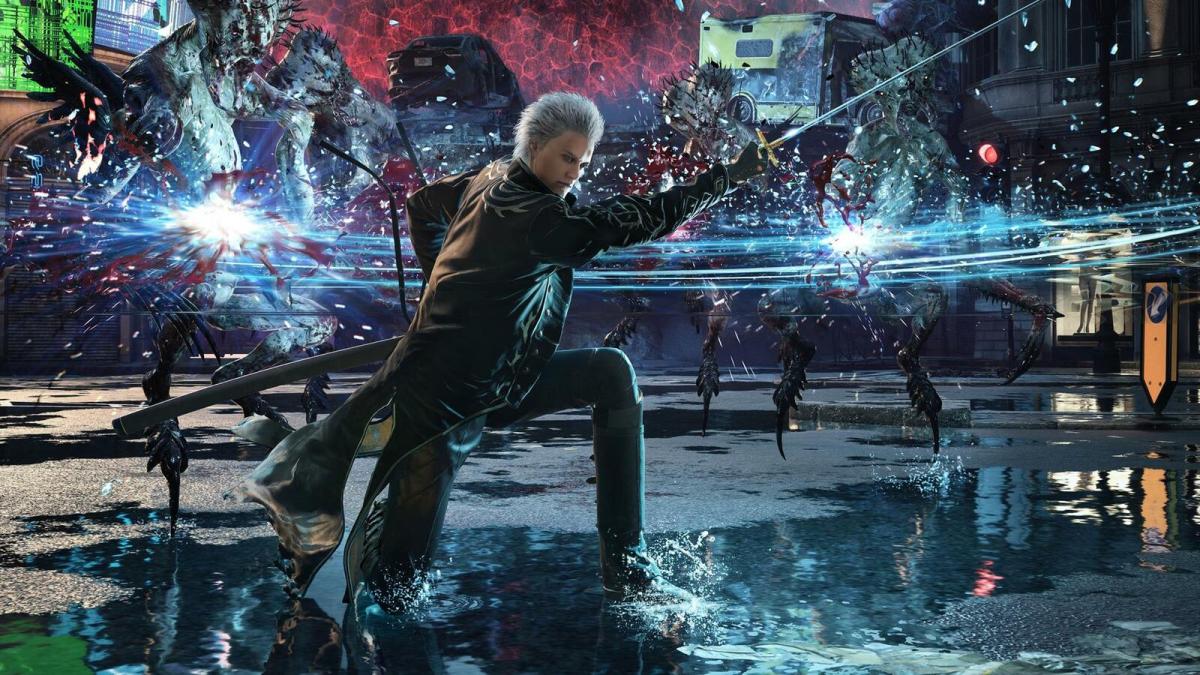
A new BioShock postmortem at GamaSutra offers some interesting insights into the development of the game, including what went wrong, what went right and how the process unfolded from the earliest demos in 2006 to the final release version of the hit FPS.
Written by project lead Alyssa Finley, the article describes the development of BioShock as “epic,” involving changes in the game, the development team, the company and even the focus of the game, from “RPG hybrid to shooter.” While the processes behind the development are relatively easy to describe, she said, the “creative spark” that led the game to such great success is much harder to nail down. “It took a visionary to make the creative choices to guide the game, and an incredibly talented and hardworking team to bring that vision to life,” she said.
Finley cites early demos for the game as being critical to its eventual success, going as far back as the 2006 E3, when the game was shown publicly for the first time. Each public display of the game was intended to present a certain message about the game, with narrative built around that message in order to create a “vibe” that would generate interest in the potential audience. “Since BioShock was a relatively unknown IP outside the game development community, the public’s impression of it would be critical to building the buzz we needed to make it a commercial success,” she said. “As a result, every time we took the game out in public, we put great thought into the message we wanted the demo to deliver and the level of polish of the presentation.”
Other facets of development, including a willingness to make changes to the core gameplay when necessary and to seek opinions from outside the development team were also major factors in shaping the game. The implementation of small, “multidisciplinary strike teams” to address problems in the game had a big impact on troubleshooting over the course of the development process. “One of the most visible successes of the strike team system is the tuning of the weapons of the game. All the weapons had been in and working for several months, but as the game got closer to content lock, they still weren’t feeling as good as they should,” Finley said.
“To tune each weapon, a team consisting of one designer, an animator, a modeler, a programmer, the effects specialist and an audio designer held a kickoff meeting where they analyzed and brainstormed about each aspect of a single weapon,” she continued. “They came up with a task list for each team member, went off to work for a day or two on their tasks, then came [and] reviewed all the results. When they were satisfied, they moved on to the next weapon.”
Still, there were problems with the process that could not be overcome, not least of which was the “evolving product positioning” of the game itself. “The spec of BioShock changed so much over the course of development that we spent the majority of the game making the wrong game – an extremely deep game, and at times an interesting one, but it was not a groundbreaking game that would appeal to a wide audience,” Finley said.
“Part of the reason for the late course change came from not having our internal product message clear from the beginning,” she added. “BioShock had initially been positioned as a hybrid RPG FPS. The decision to reposition the game as a focused FPS came later, after our initial production phase in summer of 2006. Had we been working with an FPS mentality earlier, we could have made better use of our time.”
Despite these and other problems, BioShock was released to widespread critical acclaim and commercial success, regarded as one of the finest games of 2007, and Finley seems largely satisfied with the processes employed by 2K Boston and 2K Australia to get the job done. “If there’s an over-arching theme of our development, it’s that we, like many other developers, believe that ultimate success in this industry comes from iteration,” she said. “You have to build, evaluate (and have others evaluate) and be prepared to throw things away and rebuild. The products we make are just too complex and our industry reinvents itself too rapidly to do anything else. But we believe that if you are truly prepared to turn a critical eye on your own product and honestly respond to that criticism you’ll get quality at the end. As to whether you get a blockbuster, only time will tell.”
Alyssa Finley’s BioShock postmortem can be read in full at GamaSutra.





Published: Sep 2, 2008 04:53 pm